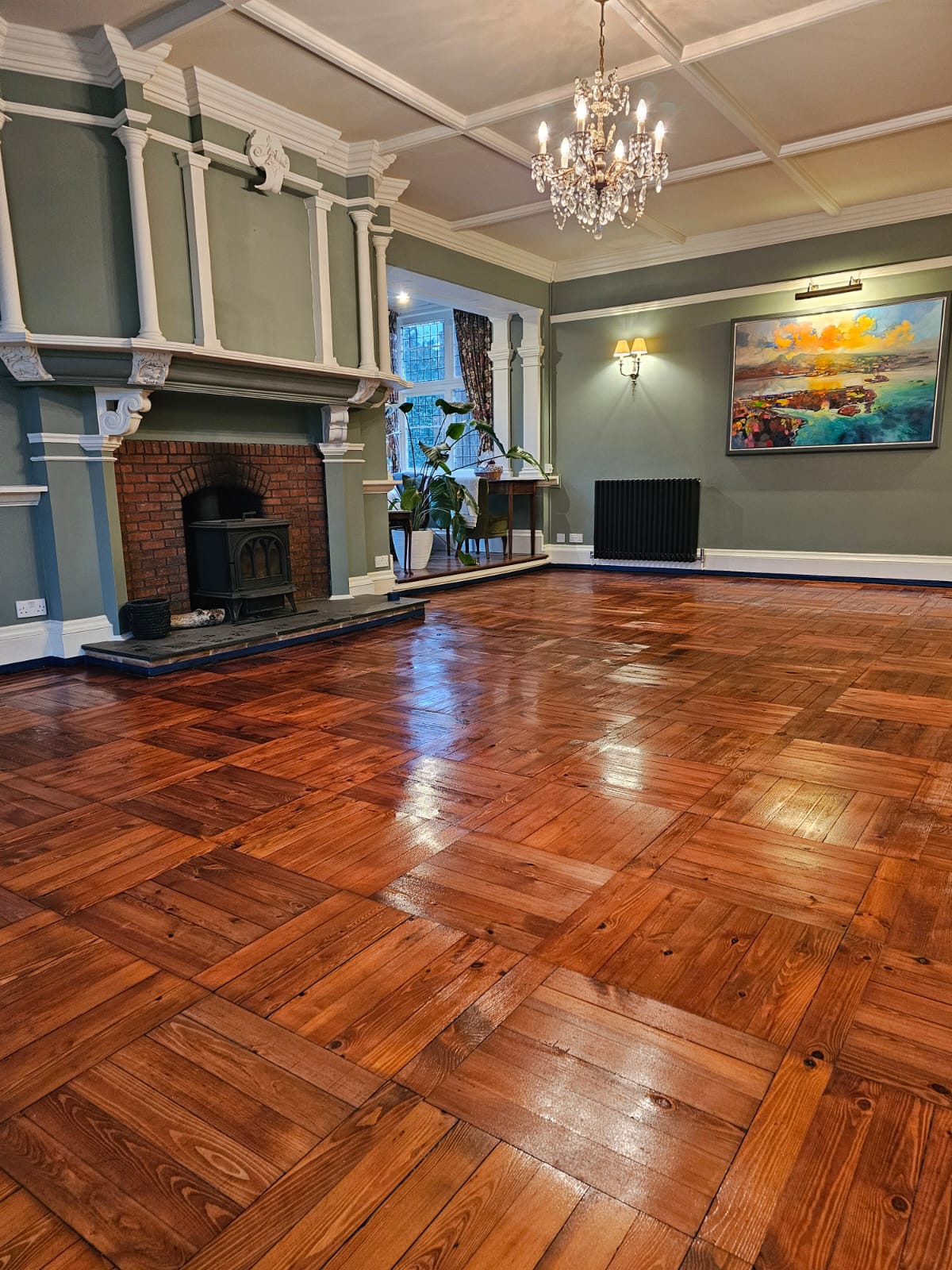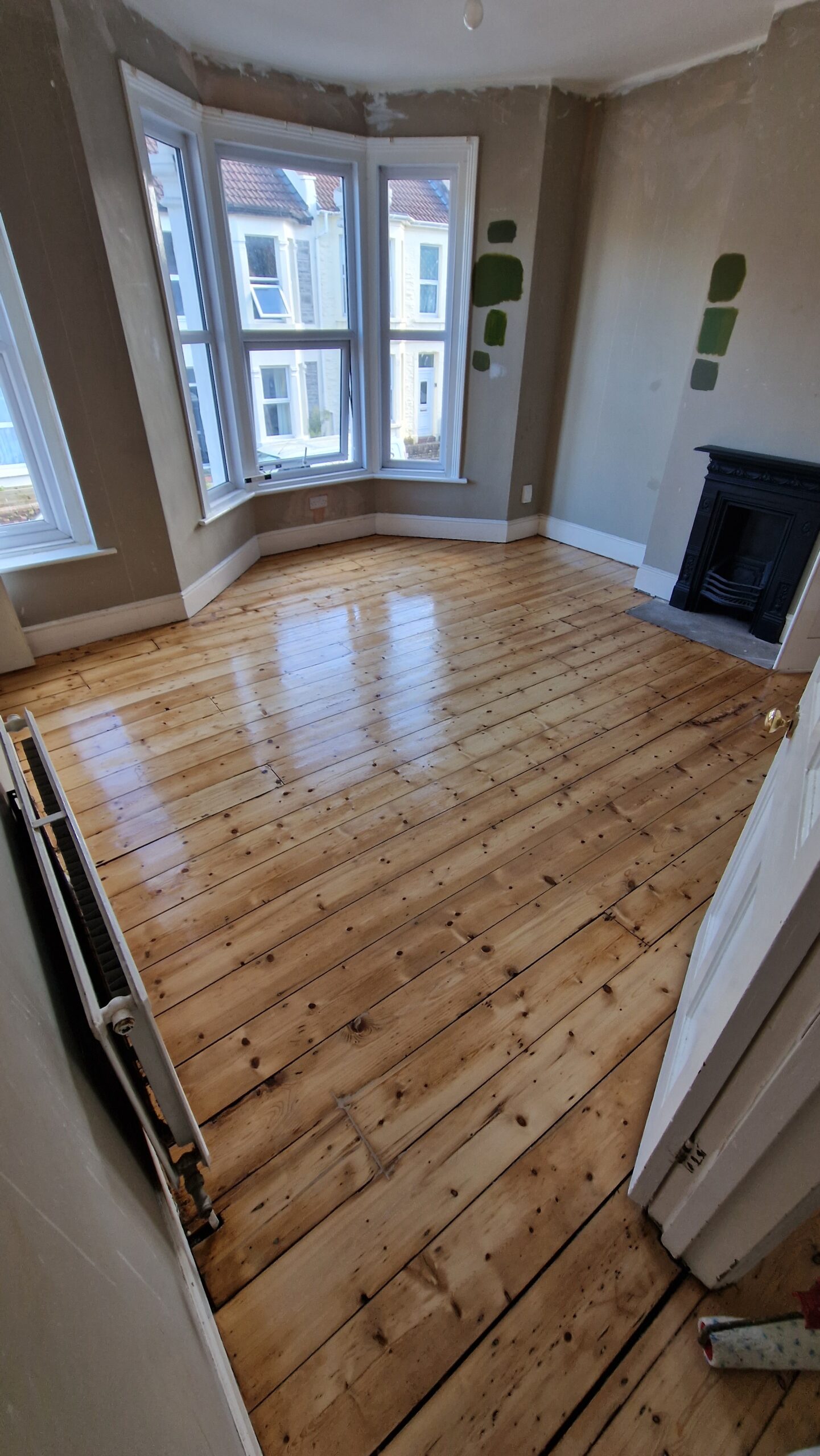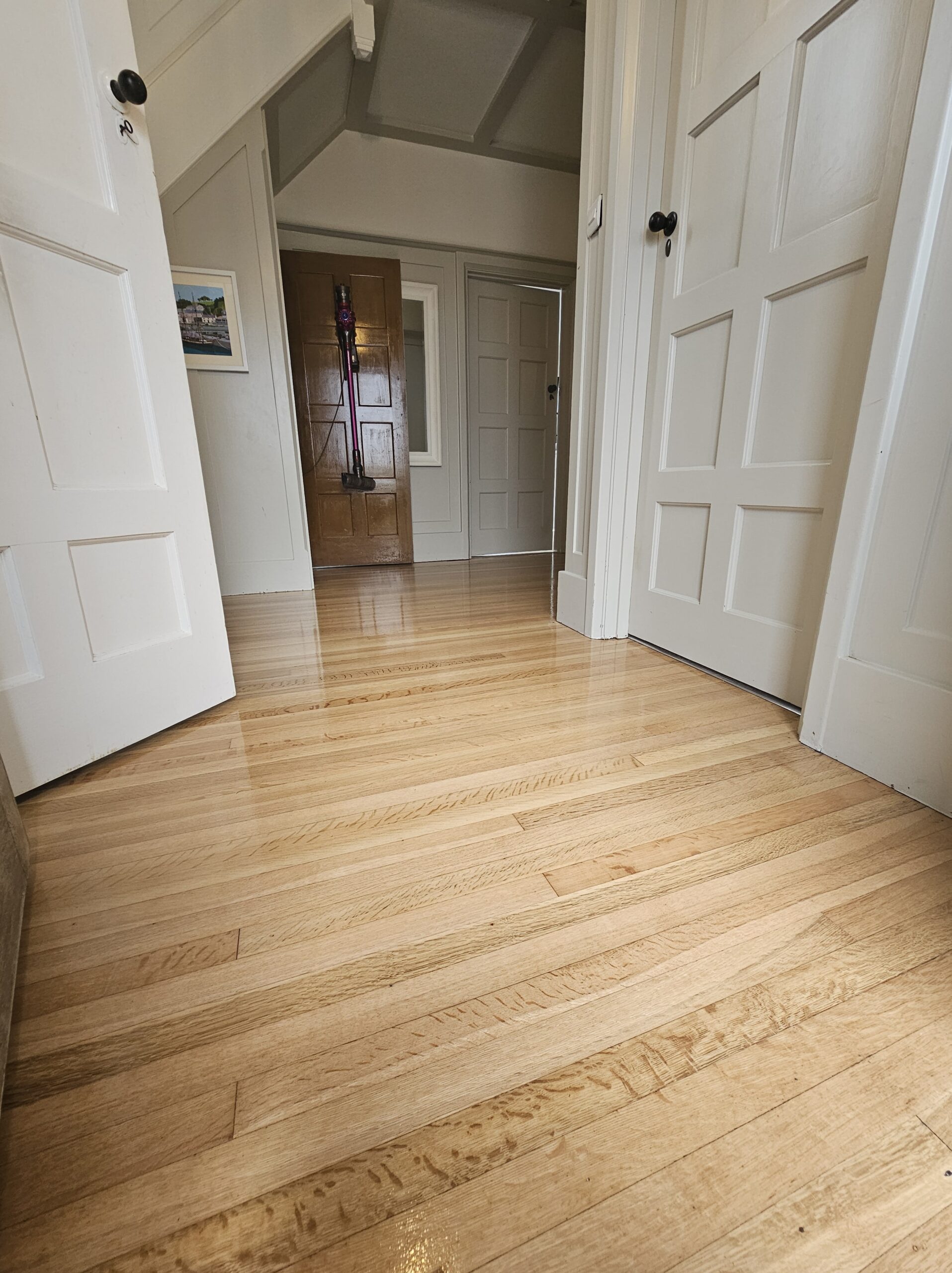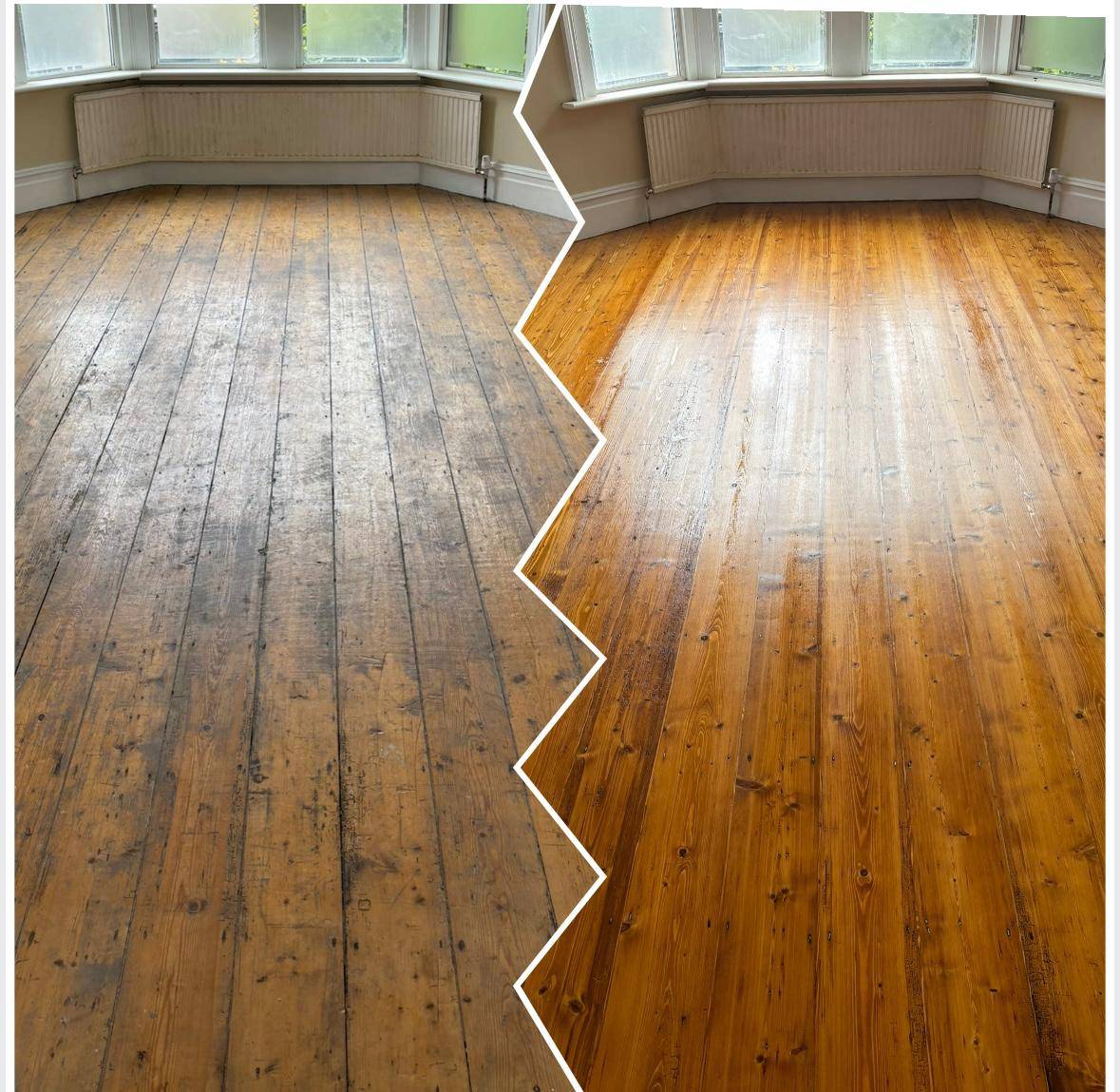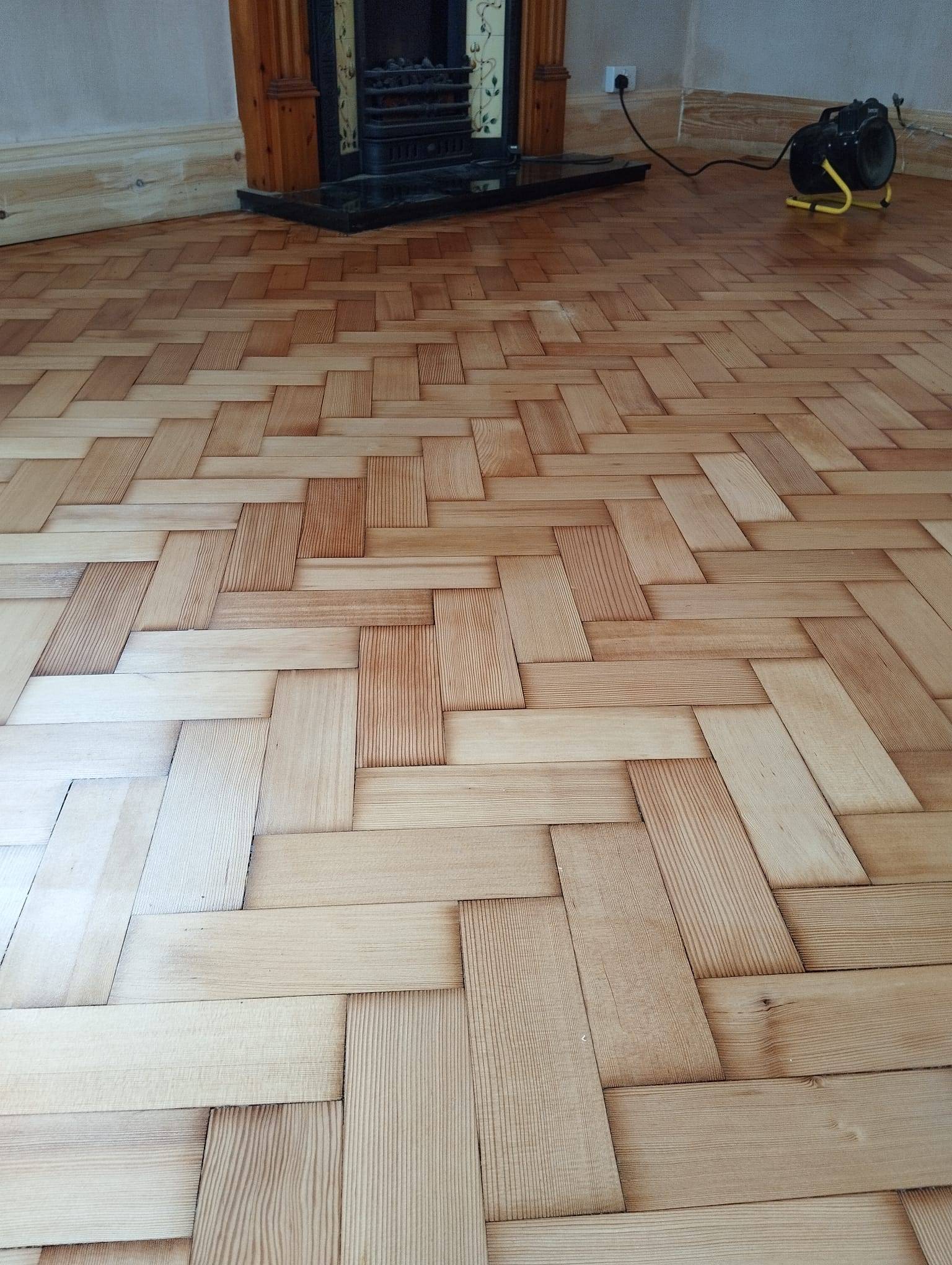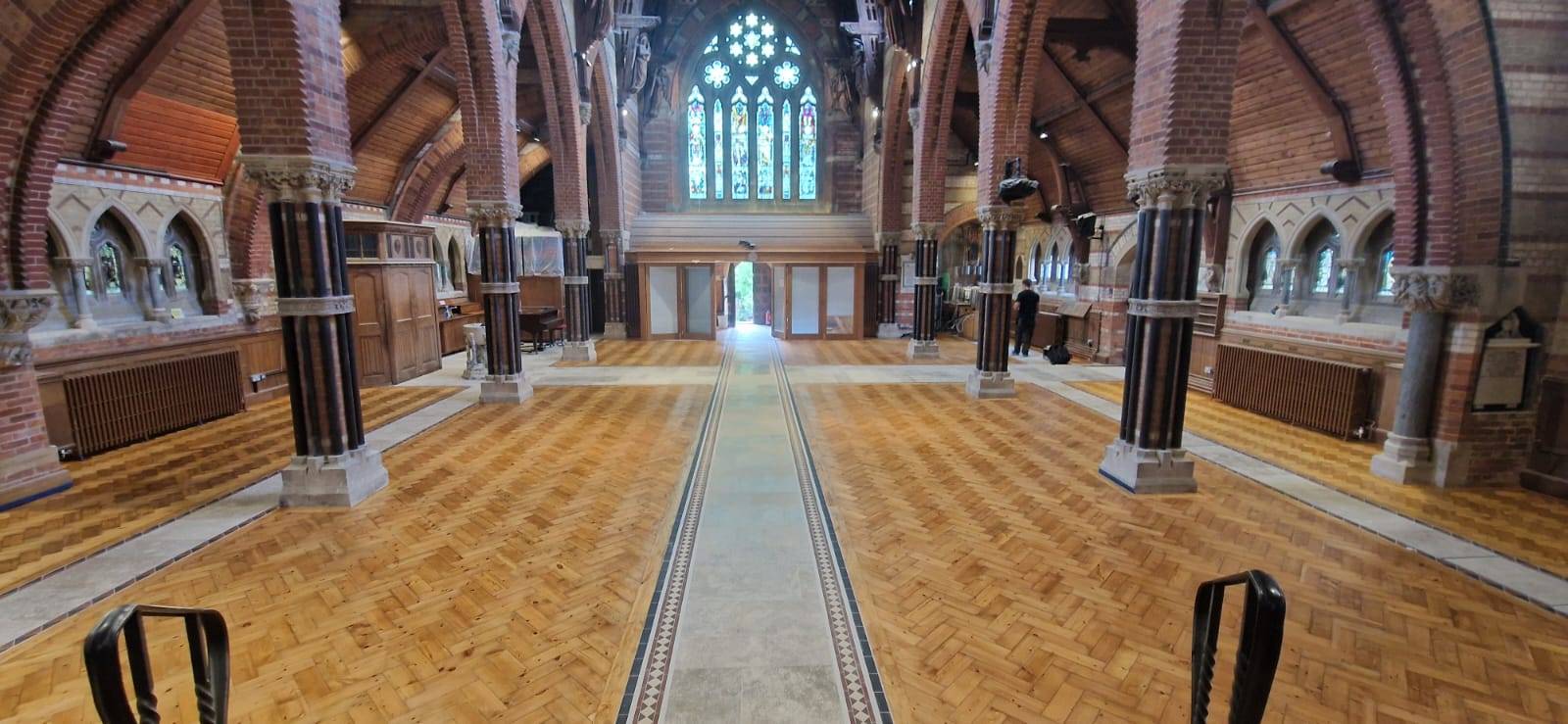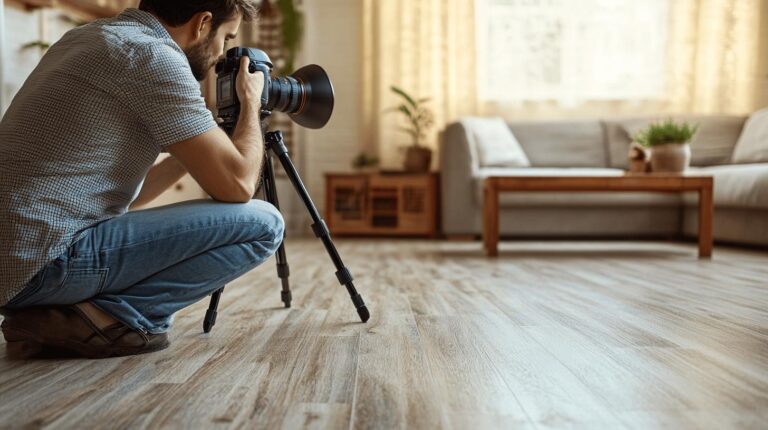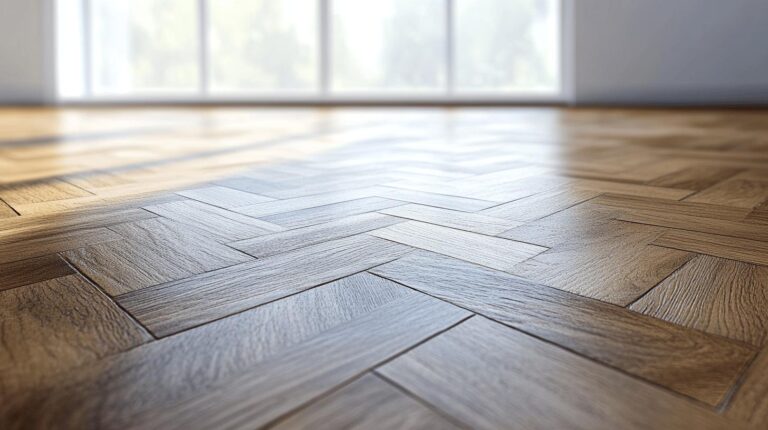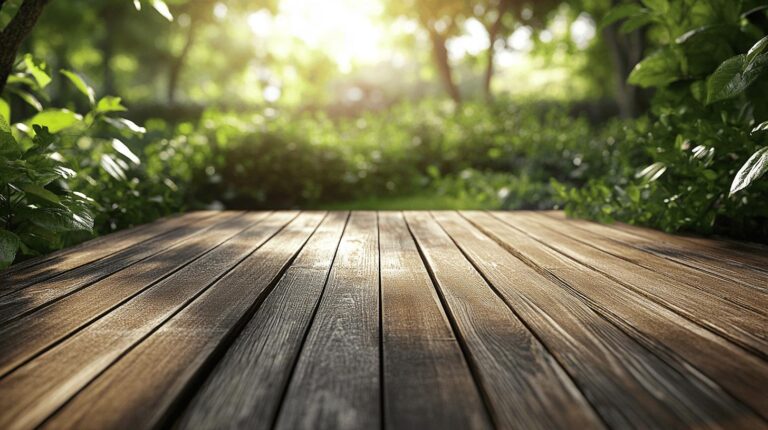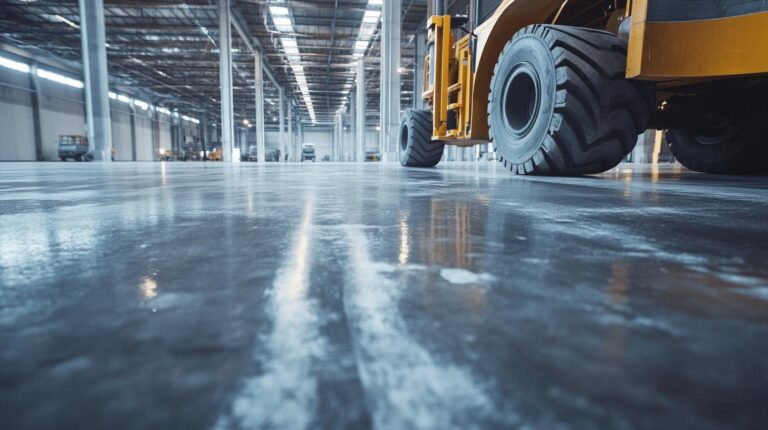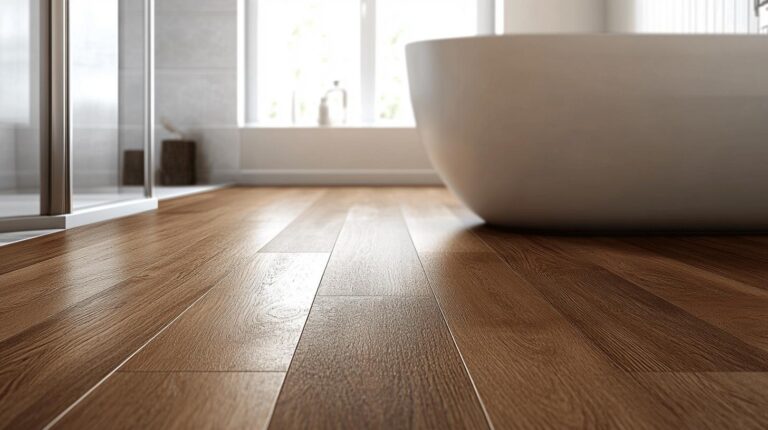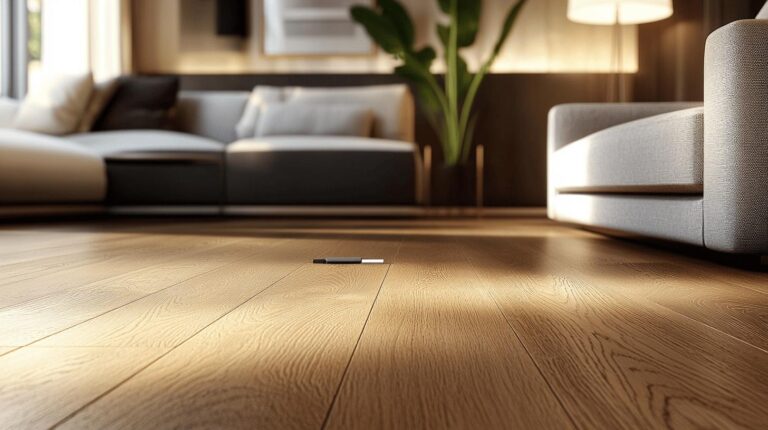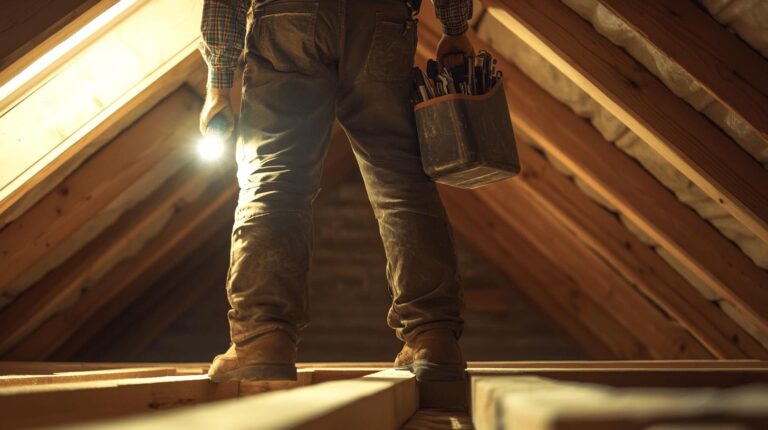Is the allure of vintage charm enough to outweigh the efficiency of cutting-edge technology in wood floor restoration? As methods evolve, homeowners face stark choices between traditional craftsmanship and modern innovation. Each path promises restored beauty, yet the journey differs significantly. This article delves into both worlds, exploring the manual artistry of traditional techniques and the precision of modern advancements. Whether preserving historical authenticity or embracing new methods, understanding these approaches will guide your decision. Discover how Ryan’s Restoration bridges the old and the new to enhance your home’s aesthetics and value.
Traditional Wood Floor Restoration Techniques
Traditional wood floor restoration techniques have long been revered for preserving antique wooden floors’ authentic charm and character. Historically, the focus was on maintaining the floors’ original appearance and structural integrity, a task requiring significant manual effort and skill. These methods were labour-intensive and time-consuming, often involving manual sanding and refinishing. The emphasis was on using natural materials, such as oils and waxes, to enhance the wood’s natural beauty while providing a protective layer that preserved its historical essence.
The materials and craftsmanship involved in traditional wood floor restoration were crucial to the process’s success. Skilled artisans used their expertise to repair and restore the wood, often relying on their knowledge of its characteristics and how it responded to different treatments. Natural oils and waxes were favoured for their ability to penetrate deeply into the wood, enhancing its colour and grain while offering protection. This hands-on approach required patience and a deep understanding of traditional woodworking techniques to ensure the floors retained their historical significance.
Traditional tools and techniques used in the restoration process included:
- Hand scrapers
- Sandpaper
- Natural oils
- Waxes
- Manual sanding
Despite the benefits of traditional methods, such as maintaining historical authenticity and employing environmentally friendly materials, there are notable limitations compared to modern techniques. The labour-intensive nature of these methods often results in higher costs due to the time and skill required. Additionally, the outcomes can be inconsistent and heavily reliant on the craftsman’s expertise. In contrast, modern techniques offer greater efficiency and precision, although they may lack the same level of authenticity as traditional methods. The evolution of restoration techniques reflects the balance between preserving heritage and embracing technological advancements.
Modern Innovations in Wood Floor Restoration
Technological advancements have revolutionised modern wood floor restoration, fundamentally changing the methods used to achieve outstanding results. Adopting advanced sanding and finishing machinery has significantly enhanced efficiency and precision. These innovations allow for faster and more uniform sanding, ensuring a smoother finish than traditional methods. Additionally, modern finishes have evolved to include low or zero volatile organic compounds (VOCs), which improve indoor air quality and contribute to environmental sustainability. These finishes not only provide a broader range of colour options but also offer superior protective qualities, ensuring the longevity of the wood floors.
The utilisation of modern machinery and finishes provides numerous benefits over traditional methods. The precision of advanced sanding equipment allows for a consistent finish that reduces the likelihood of human error. This precision minimises the risk of uneven surfaces, a common issue with manual sanding. Introducing eco-friendly finishes further enhances the environmental impact, as they reduce the release of harmful chemicals into the atmosphere. This shift towards sustainable practices aligns with the growing demand for environmentally conscious restoration solutions, providing homeowners and businesses with safer and more durable floor options.
Modern techniques offer practical applications in both residential and commercial settings that cater to diverse needs. Seamlessly blending classic and contemporary styles is advantageous, allowing for personalised and unique floor designs. For instance, traditional herringbone patterns can be paired with modern finishes to create a distinctive aesthetic. Furthermore, the efficiency of modern techniques ensures that restoration projects are completed in shorter timeframes, minimising disruption and allowing for quicker occupancy.
| Technique | Efficiency | Environmental Impact |
|---|---|---|
| Traditional | Labour-intensive | Use of natural materials |
| Modern | High precision & speed | Low/Zero VOC finishes |
Cost and Effectiveness: Traditional vs. Modern Restoration
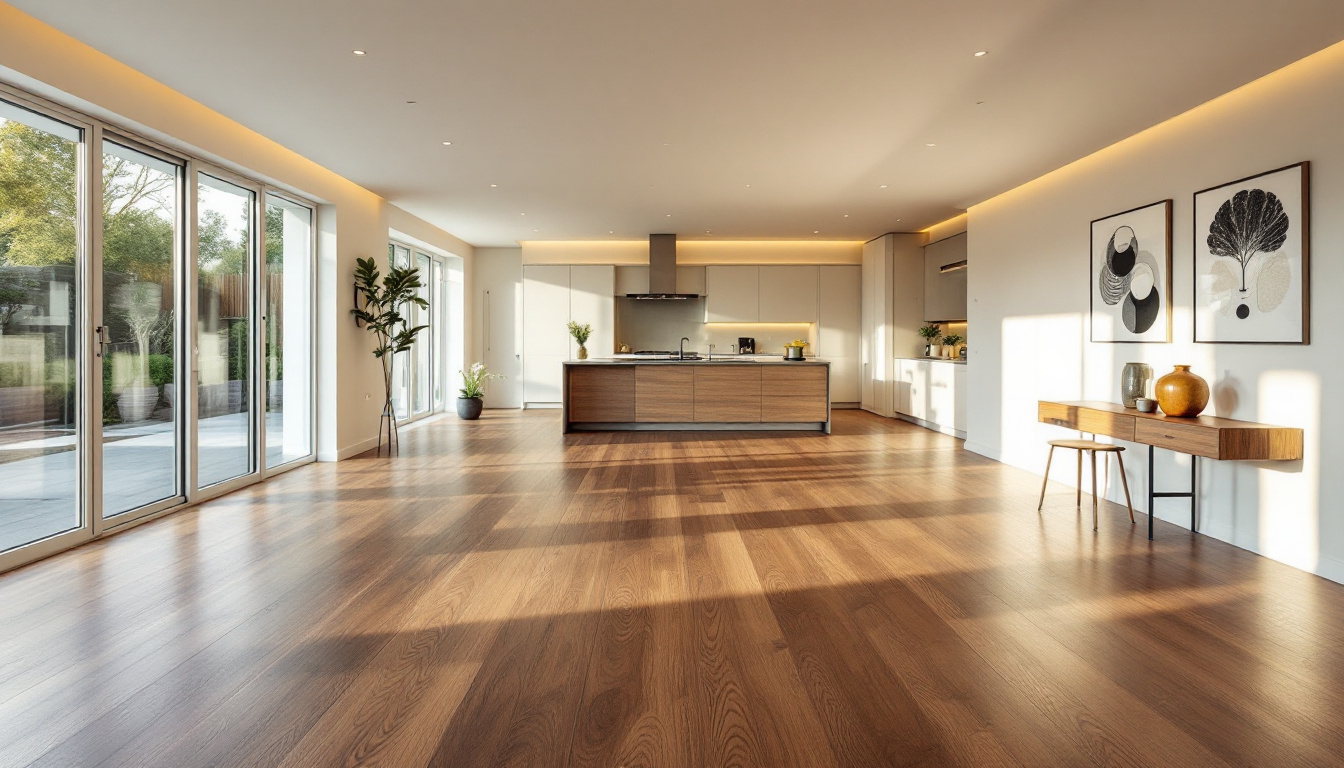
When comparing the cost factors of traditional and modern wood floor restoration techniques, it’s evident that traditional methods tend to incur higher expenses due to their labour-intensive nature. Skilled artisans must manually sand and finish the floors, which demands significant time and expertise, thus increasing labour costs. On the other hand, modern restoration methods often employ advanced machinery that enhances efficiency, potentially reducing labour expenses. However, these methods may involve higher material costs due to the use of innovative finishes and equipment, although the overall process tends to be more cost-effective.
The effectiveness and reliability of each method vary significantly. Traditional restoration techniques heavily rely on the skill and experience of the craftsman. This dependency can lead to variable results, as the outcome is contingent upon the artisan’s expertise. In contrast, modern methods benefit from precision tools and state-of-the-art materials that ensure consistent and high-quality finishes. Advanced machinery reduces the margin for error, delivering reliable results with more excellent uniformity across projects.
- Traditional methods: higher labour costs, skill-dependent
- Modern methods: lower labour costs, equipment-dependent
- Traditional methods: longer timeframes, authenticity-focused
- Modern methods: quicker processes, precision-focused
Ultimately, choosing between traditional and modern restoration techniques involves weighing the benefits of authentic craftsmanship against the advantages of efficiency and precision. While traditional methods preserve the floors’ historical authenticity, modern techniques offer faster and more consistent outcomes, catering to the demands of contemporary restoration projects.
Sustainability in Wood Floor Restoration
The environmental impact of wood floor restoration varies significantly between traditional and modern practices. Historically, traditional techniques primarily relied on natural materials such as oils and waxes, which were generally more environmentally friendly but less durable. This often led to frequent restorations, increasing resource consumption over time. In contrast, modern practices have evolved to incorporate advanced materials and technologies that enhance sustainability. These innovations include engineered wood products and reclaimed wood, which help reduce the depletion of natural resources and promote the reuse of materials.
Modern advancements in wood floor restoration contribute to sustainability by utilising eco-friendly materials and processes. Technological developments have introduced finishes with low or zero volatile organic compounds (VOCs), improving indoor air quality and reducing environmental pollution. Additionally, the precision of modern machinery reduces waste, as less material is removed during sanding and refinishing. These advancements ensure that restoration processes are not only more efficient but also minimise each project’s ecological footprint.
Sustainable practices in wood floor restoration offer numerous benefits for both the environment and property owners. Environmentally, these practices help conserve natural resources and reduce harmful emissions. For property owners, sustainable restoration often results in more durable and long-lasting floors, reducing the need for frequent interventions and maintenance. This lowers long-term costs and aligns with the growing demand for eco-conscious solutions in home and commercial renovations.
Choosing the Right Restoration Approach
When deciding between DIY and professional wood restoration, the primary consideration should be the project’s complexity. DIY restoration may suit smaller projects requiring basic sanding and finishing, but professional services are recommended for extensive restorations involving intricate design work or historical properties. The skills and tools required for professional-level work are often beyond the reach of typical DIY efforts, mainly when dealing with older floors that may need structural repairs or special finishes to preserve their character.
Material selection and expertise play crucial roles in achieving successful restoration outcomes. Selecting the right materials—such as matching the wood species, finish type, and stain colour—is essential to ensure the floor’s aesthetic and structural integrity. Professional restorers possess the expertise to identify and apply suitable materials correctly, which can significantly affect the restoration’s durability and appearance. The wrong choice of materials can lead to mismatched surfaces or finishes that wear prematurely, undermining the restoration’s effectiveness.
Ryan’s Restoration exemplifies how expert consultation and tailored solutions can benefit traditional and modern restoration projects. Their specialists offer insights into material selection and restoration techniques, ensuring each project meets the client’s aesthetic and functional needs. By combining traditional craftsmanship with modern innovations, Ryan’s Restoration provides a comprehensive approach that respects the historical value of wood floors while embracing contemporary enhancements.
Final Words
Reflecting on The Evolution of Wood Floor Restoration: Traditional vs. Modern Techniques, the distinction between age-old craftsmanship and cutting-edge technology becomes apparent. While traditional methods hold sentimental and aesthetic value, they often require patience and skilled hands. Modern innovations bring efficiency and environmental consideration to the forefront, offering a streamlined approach to floor renewal.
In the quest for sustainability, modern solutions often prevail, utilising eco-friendly materials and minimising environmental impact. Choosing between these methods depends on individual needs and values, but the journey of enhancing floors is always rewarding. Ryan’s Restoration remains committed to providing expert guidance and tailored solutions to ensure a perfect restoration experience.
FAQ
What are some traditional wood floor restoration techniques?
Traditional wood floor restoration techniques often involve manual labour, such as sanding and refinishing. Key methods include hand scraping, using natural oils and waxes, and employing sandpaper for detailed work. These tasks are labour-intensive and demand skilled craftsmanship, focusing on restoring the wood’s original beauty.
How do modern innovations improve wood floor restoration?
Modern innovations in wood floor restoration enhance efficiency and precision with advanced sanding machinery. These methods offer environmentally friendly finishes with low or no VOCs, improving indoor air quality and providing diverse colour and protective options.
What is the cost comparison between traditional and modern restoration methods?
Traditional restoration methods often cost more due to their labour-intensive process and required expertise. Modern techniques reduce costs through efficiency, but material expenses may be higher. Traditional methods are skill-dependent and time-consuming, while modern methods offer quicker, precision-focused results.
How do sustainability practices impact wood floor restoration?
Sustainability in wood floor restoration focuses on reclaimed and engineered wood products and conserving resources. Modern advancements include eco-friendly materials with low VOC content, promoting better environmental health and sustainability in restoration practices.
How can one choose the right wood floor restoration approach?
Choosing the right wood floor restoration approach depends on project scale, budget, and desired outcomes. Consider whether DIY or professional services are suitable, as well as the importance of selecting appropriate materials and leveraging expertise for optimal results.

